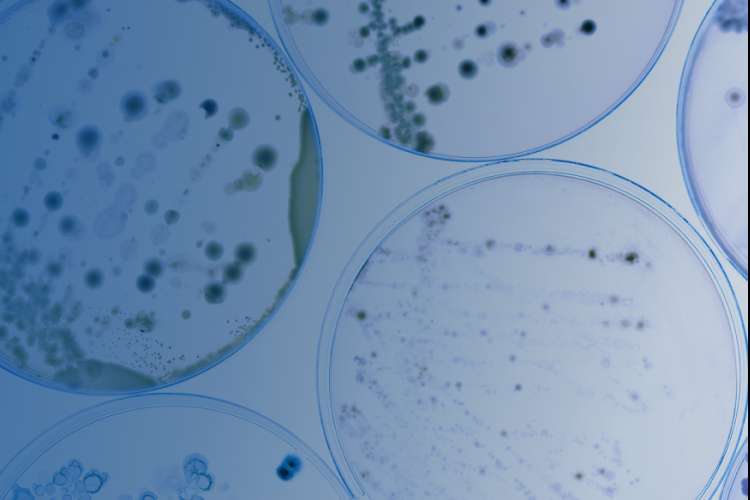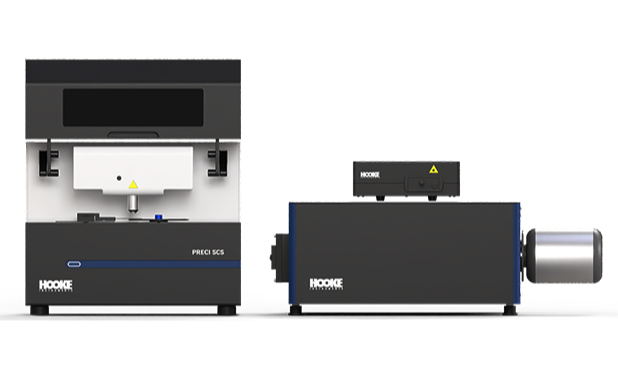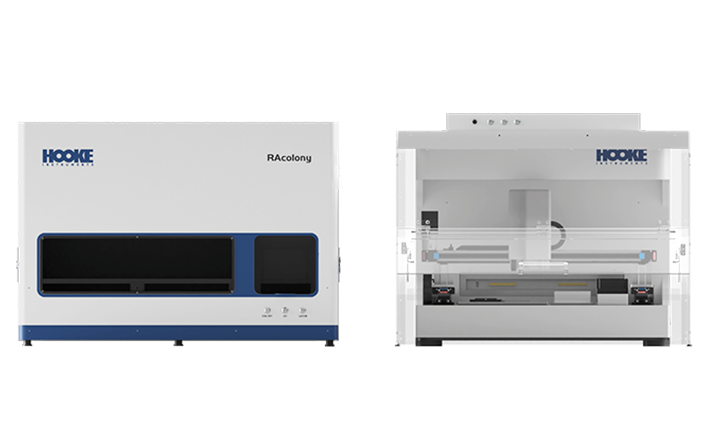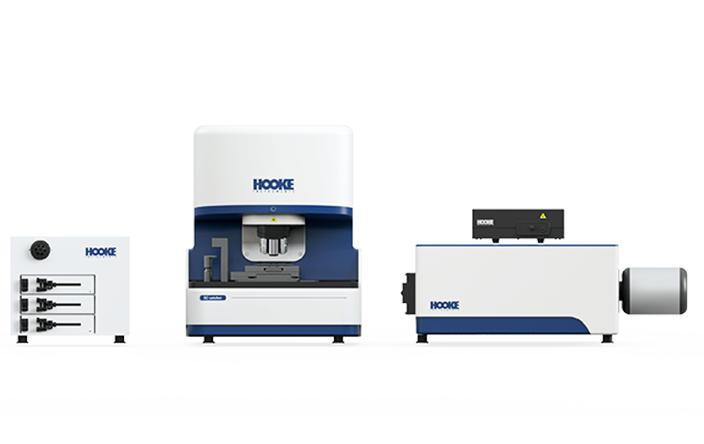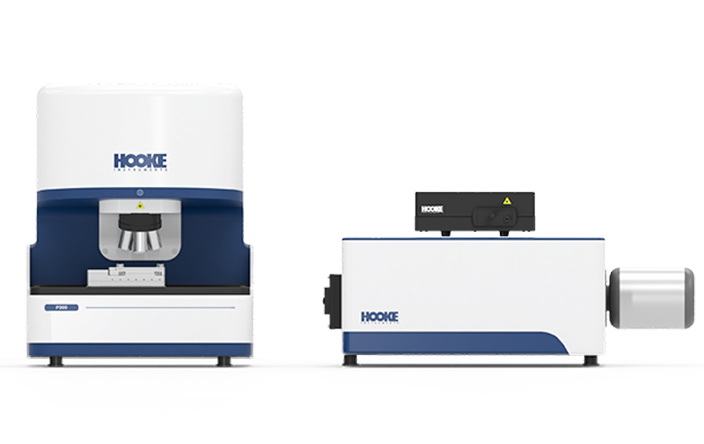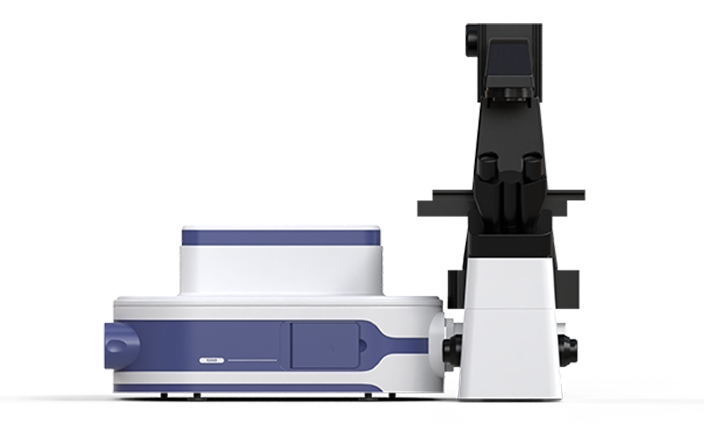The rapid identification of lactic acid bacteria species is crucial during the fermentation process, yet conventional bacterial identification methods are, unfortunately, very time-consuming.
By utilizing the P300 Confocal Raman Spectrometer and the Scatcher Single-cell Raman Optical Tweezer Sorter, we have established and refined a variety of rapid identification methods for lactic acid bacteria based on Raman spectroscopy. These methods provide strong support for the application of Raman spectroscopy in the food fermentation industry and offer new perspectives for the development of rapid microbia community detection approaches.
-
Rapid Detection of Lactic Acid Bacteria

-
Optical Tweezer Microfluidic Technology

-
Multi-Point Scanning Confocal Raman Spectroscopy

-
Label-Free Surface-Enhanced Raman Spectroscopy (SERS)


Culture-Free Detection of Lactic Acid Bacteria Species Based on Multi-Point Raman Scanning

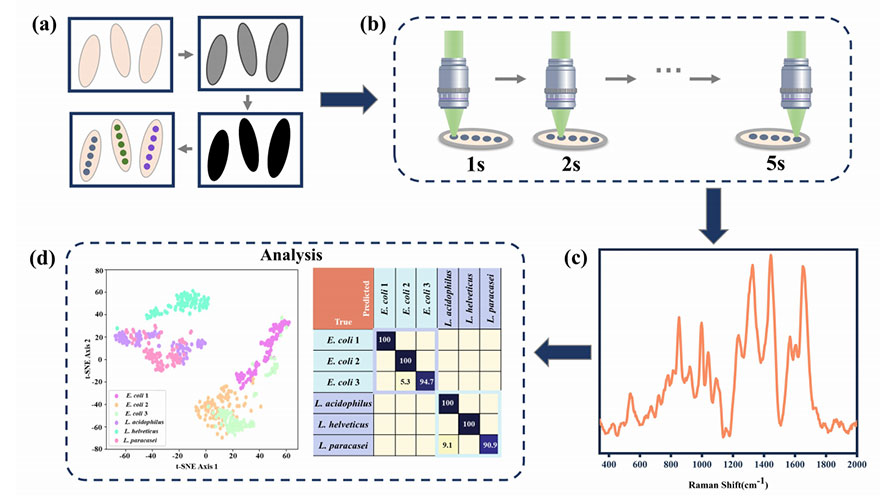
Using the P300 Confocal Raman Spectrometer, multi-point Raman spectral data of microorganisms are collected based on visul-guided identification and high-precision control of automatic positioning stage. This approach enables comprehensive characterization of intracellular components within single microbial cells. Furthermore, a classification model for identifying seven types of lactic acid bacteria was developed through the application of classification analysis algorithms, achieving an classification accuracy of 96%.
Detection of Fermented Lactic Acid Bacteria Species Based on Optical Tweezer-SERS

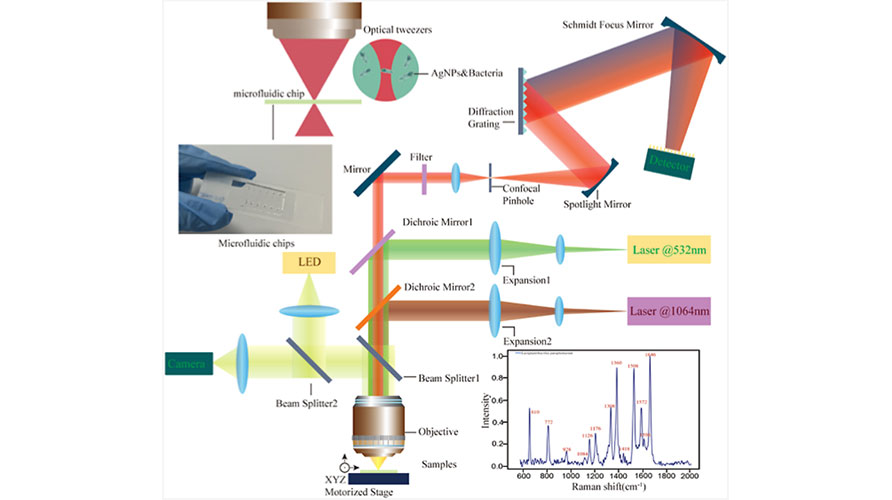
Although Surface-Enhanced Raman Spectroscopy (SERS) improves the signal intensity, it is often plagued by signal instability.To address this issue, based on optical tweezer microfluidic technology, we use the Scatcher Single-cell Raman Optical Tweezer sorter to enhance the stability of bacterial SERS signals. Moreover, a classification model was developed using machine learning algorithms, enabling the rapid identification of six types of lactic acid bacteria.
-

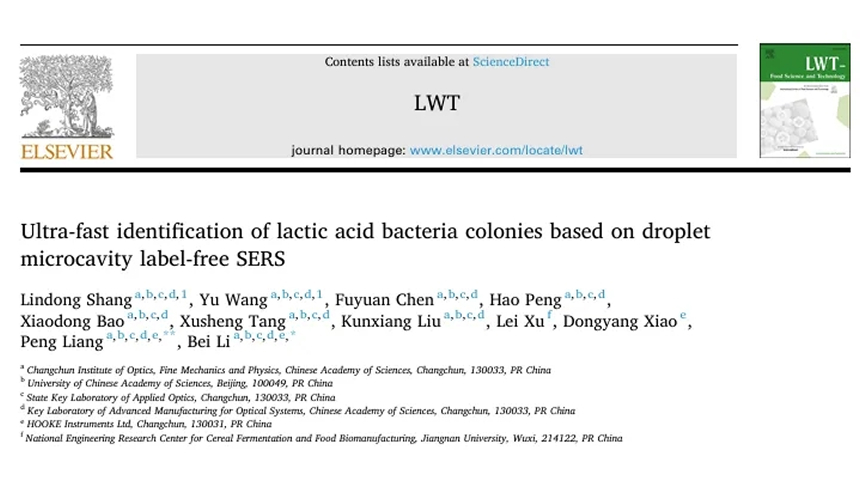 LWT丨Ultra-fast identification of lactic acid bacteria colonies based on droplet microcavity label-free SERS2024.07.30
LWT丨Ultra-fast identification of lactic acid bacteria colonies based on droplet microcavity label-free SERS2024.07.30 -

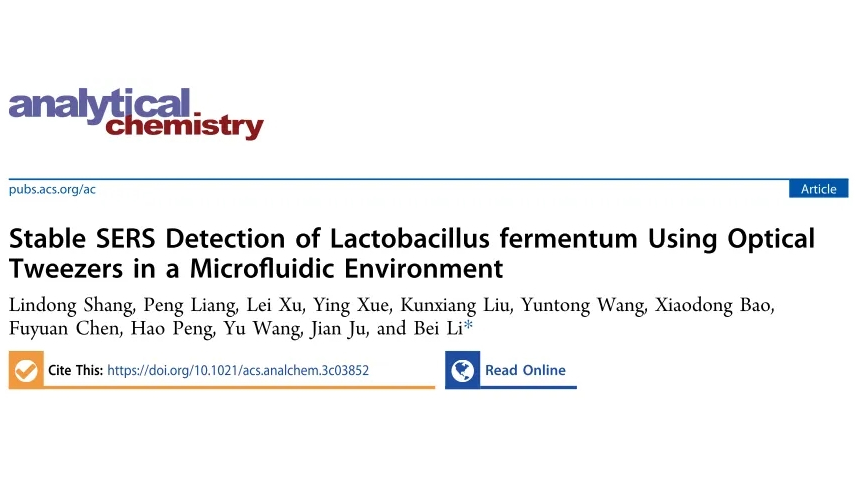 Analytical Chemistry丨Stable SERS Detection of Lactobacillus fermentum Using Optical Tweezers in a Microfluidic Environment2024.01.08
Analytical Chemistry丨Stable SERS Detection of Lactobacillus fermentum Using Optical Tweezers in a Microfluidic Environment2024.01.08 -

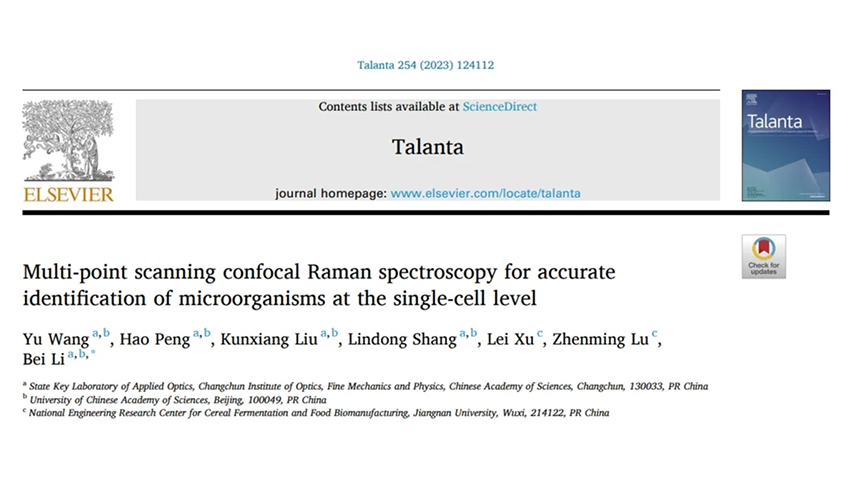 Talanta丨Multi-point scannaing confocal Raman spectroscopy for accurate identification of microorganisms at the single-cell level2022.12.07
Talanta丨Multi-point scannaing confocal Raman spectroscopy for accurate identification of microorganisms at the single-cell level2022.12.07





